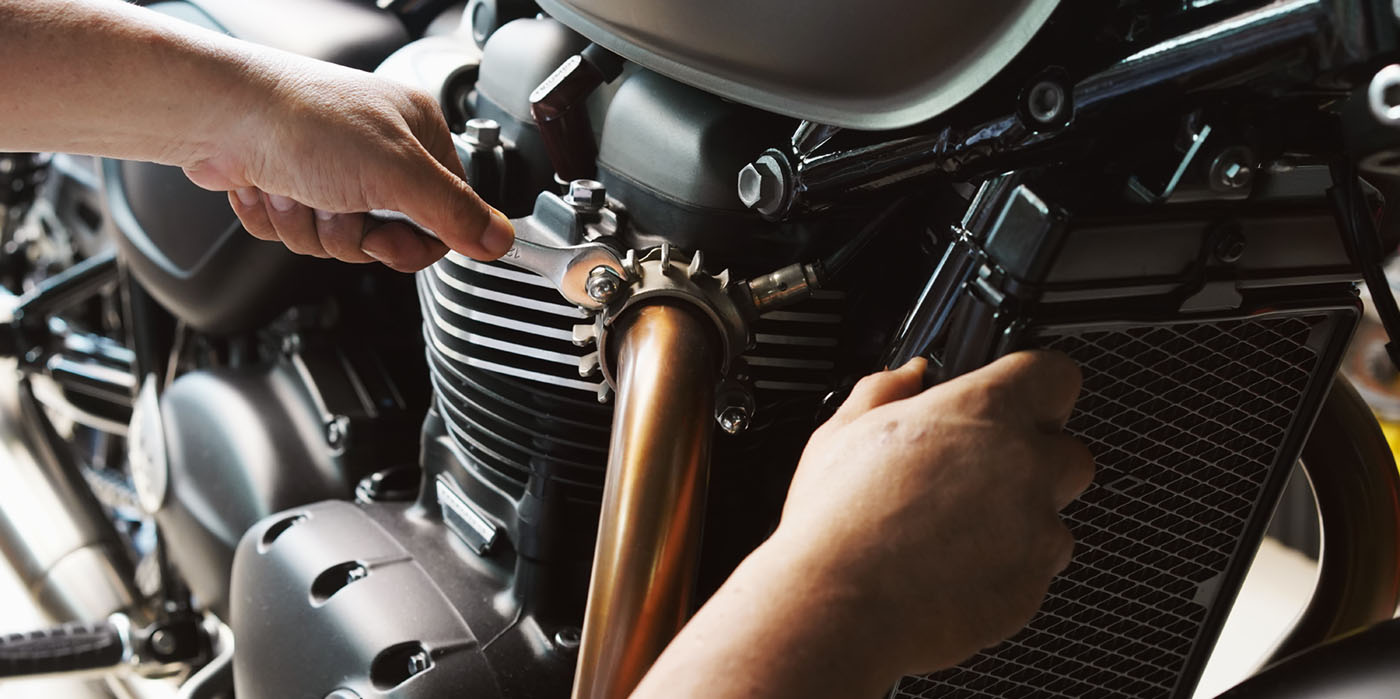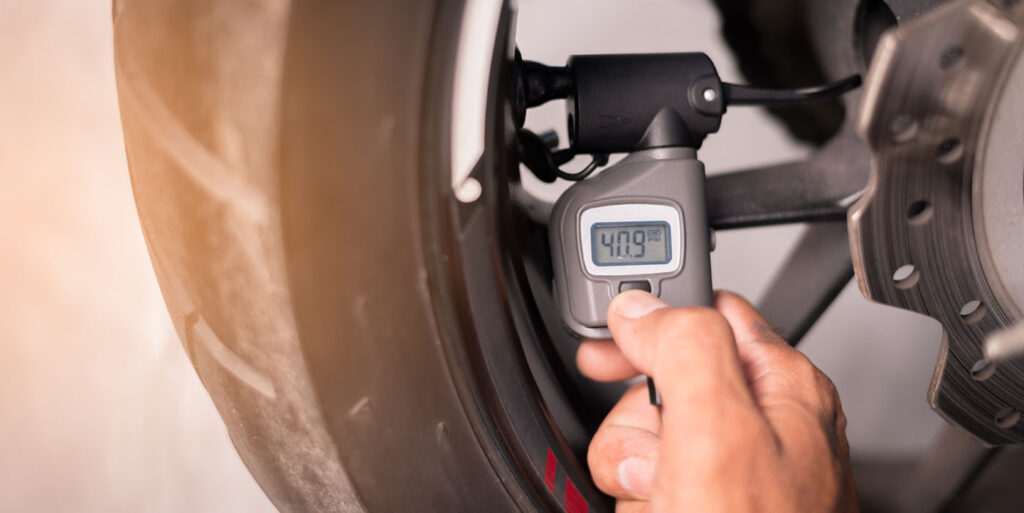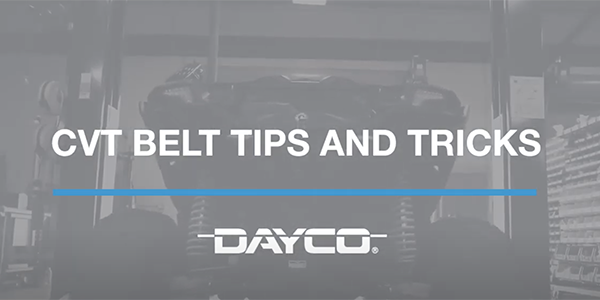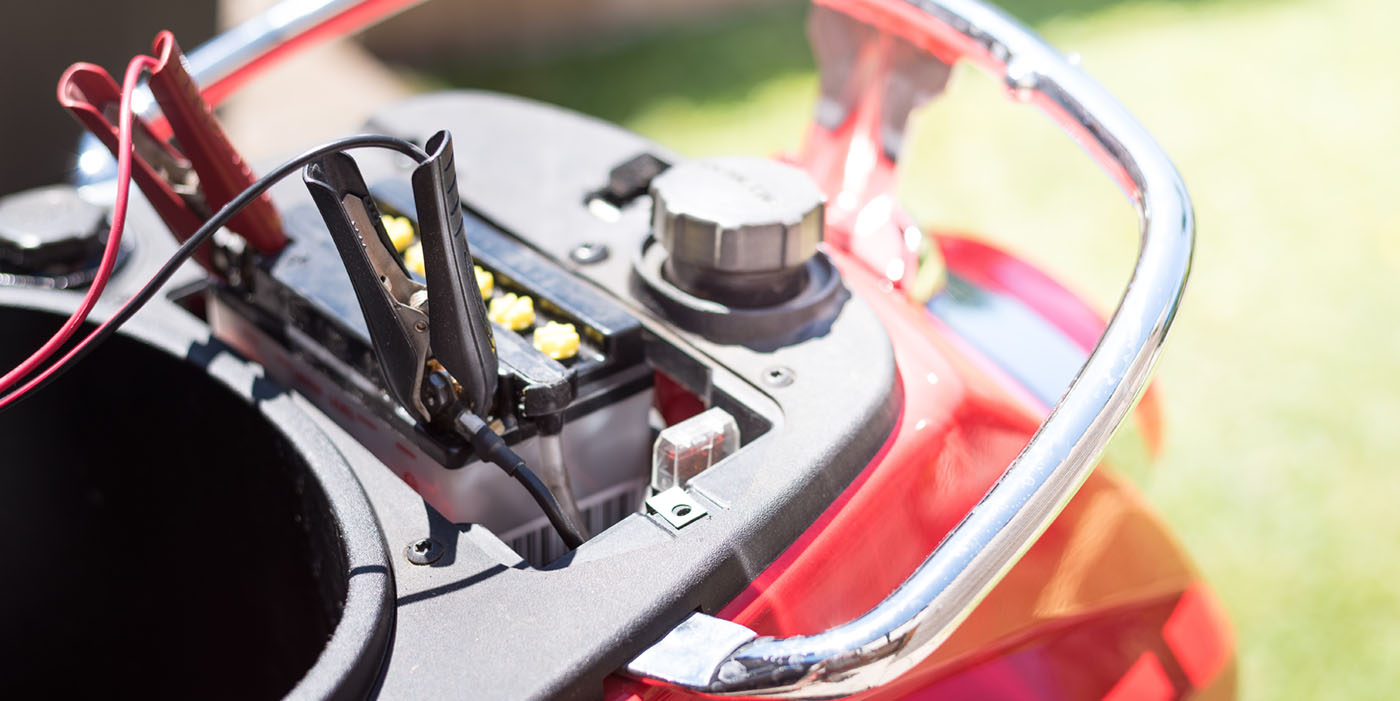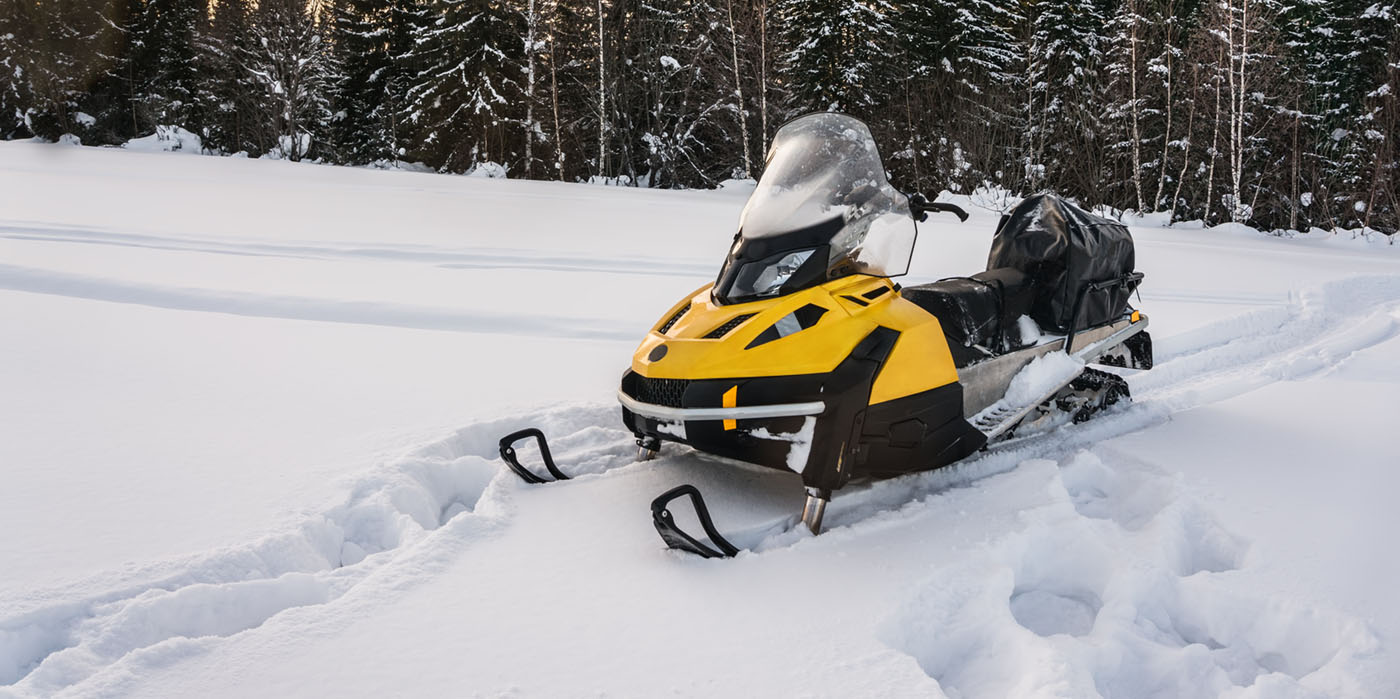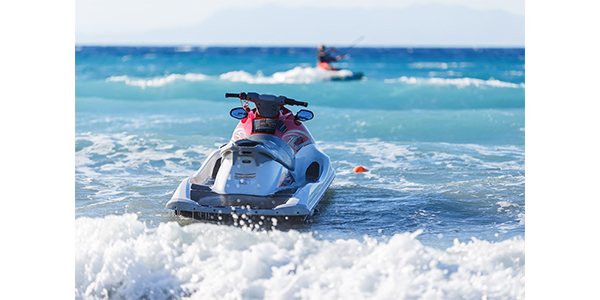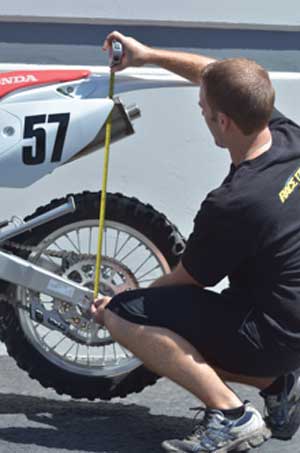
Static Sag or “Race” Sag is the amount the bike compresses from fully extended, with the rider on board. Here’s how to measure it the Race Tech way. It is a little different than how you may have done it before but is much more accurate as well as consistent.
This instruction uses a Sag Master so sag is measured directly with no subtracting required. This is why you see the tape starting from the axle instead of the other way around. A regular tape measure can be used but it requires a little more calculation.
1. Put the bike on a stand with the wheel off the ground. Measure the distance from the rear axle to a vertical point on the rear of the bike.
We recommend a Sag Master or at least a metric tape measure. Metric is MUCH easier than standard English units. This is L1.
2. On a dirt bike put the rider on the bike in full gear and have them stand on the pegs. The reason for standing is simple – it is consistent. Seats on dirt bikes are very long. If the rider sits on the seat in different locations it will throw the number off.
On a road bike the procedure is the same except the rider should be in standard riding position – not standing. The reason for this is the position of the footpegs on a street bike can be all over the place, forward or back of the center of gravity.
The best way to balance the bike is to have the rider grab onto something. It is much easier for the rider to balance the bike by himself rather than fight for balance with the person holding the bike.
Compress the rear suspension slightly and SLOWLY release back up.
3. Measure between the same two points. This is L2. If there was no friction in the linkage it would return a bit more.
4. Lift up on the rear slightly and SLOWLY release it down.
If there was no friction it would continue to drop a bit more.
5. Measure between the same two points. This is L3. The difference between lifting up and pushing down is caused by friction. This is called the “Stiction Zone.” The greater the Stiction Zone the more friction there is. If it is more than 4 or 5mm the linkage needs attention.
The actual sag is calculated by averaging L2 and L3 and subtracting it from fully extended.
Static sag = L1 – ((L2 – L3)/2)
Note: Free Sag is the amount the bike compresses with the weight of the bike only (no rider). Use the same method as outlined for Sag.
For more information or to order a copy of Race Tech’s Motorcycle Suspension Bible, visit their website atwww.racetech.com.
 Static Sag or “Race” Sag is the amount the bike compresses from fully extended, with the rider on board. Here’s how to measure it the Race Tech way. It is a little different than how you may have done it before but is much more accurate as well as consistent.
Static Sag or “Race” Sag is the amount the bike compresses from fully extended, with the rider on board. Here’s how to measure it the Race Tech way. It is a little different than how you may have done it before but is much more accurate as well as consistent. Static Sag or “Race” Sag is the amount the bike compresses from fully extended, with the rider on board. Here’s how to measure it the Race Tech way. It is a little different than how you may have done it before but is much more accurate as well as consistent.
Static Sag or “Race” Sag is the amount the bike compresses from fully extended, with the rider on board. Here’s how to measure it the Race Tech way. It is a little different than how you may have done it before but is much more accurate as well as consistent.


